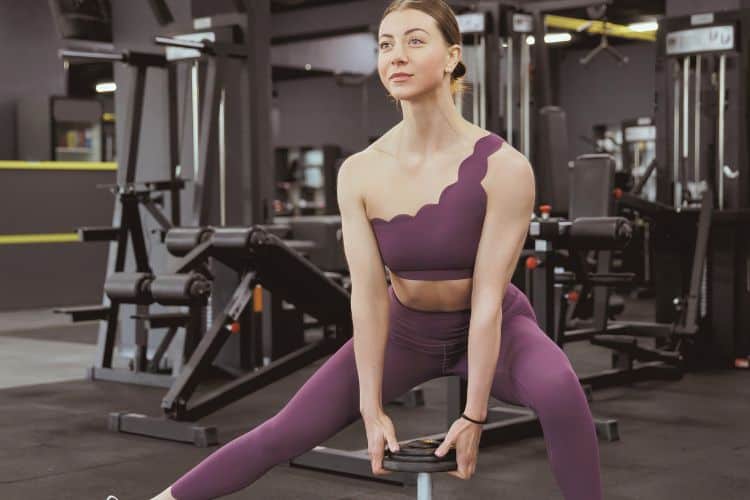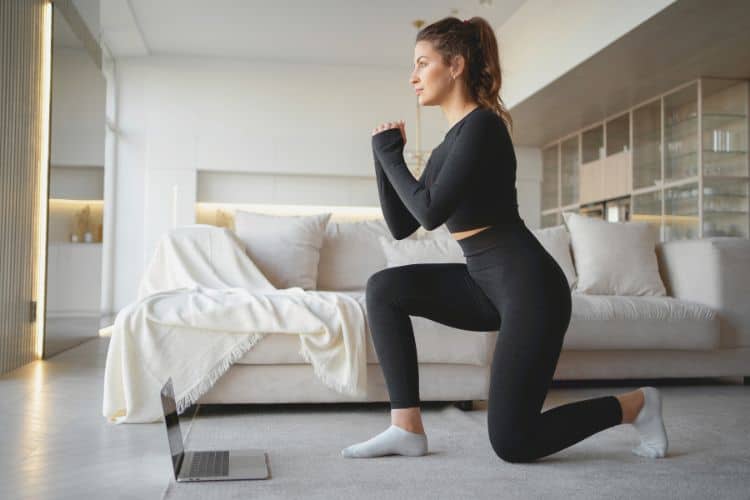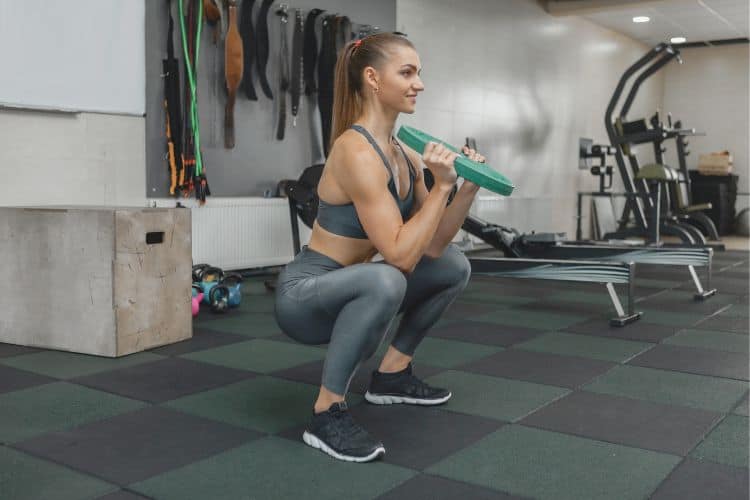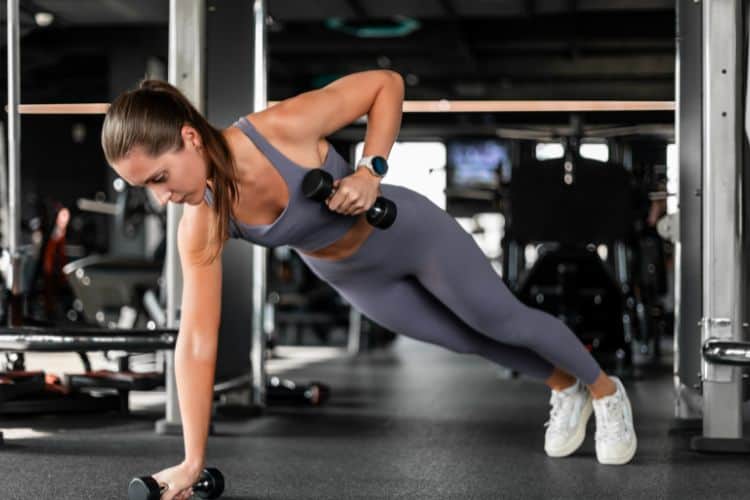Sign up for workout ideas, training advice, reviews of the latest gear and more.






High-Intensity Interval Training (HIIT) has become one of the most popular fitness methods worldwide, offering quick results, time efficiency, and a serious calorie burn. But while HIIT can transform your fitness, it can also increase your risk of injury if you dive in too quickly without preparation. Learning how to start HIIT the safe way ensures you get all the benefits while avoiding unnecessary setbacks. This guide will walk you through everything you need to know to start HIIT workouts without getting injured. From proper warm-ups and technique tips to gradual progression strategies, you’ll discover exactly how to set yourself up for long-term success.
HIIT involves alternating between short bursts of intense exercise and periods of rest or active recovery. For example, sprinting for 30 seconds followed by walking for 60 seconds is a classic HIIT interval. These sessions are usually 10–30 minutes long but deliver the same benefits—or more—than longer steady-state cardio workouts.
Before you jump into HIIT, it’s important to understand the injuries that often occur when beginners rush the process.
Fast, explosive movements without proper warm-up can overstretch muscles and ligaments.
Jumping, squatting, and lunging repeatedly may irritate the knees if your form or strength base is lacking.
Improper posture during planks, burpees, or kettlebell swings can strain the spine and surrounding muscles.
Plyometric push-ups, battle ropes, or overhead movements can aggravate the shoulder joint if stability is poor.
Knowing these risks helps you prepare and take steps to minimize them.
If you’re new to high-intensity training or have any underlying health conditions, consult your doctor before starting.
HIIT is not ideal for absolute beginners who haven’t exercised in years. Begin with steady cardio and strength training for at least 4–6 weeks to prepare your body.
Strong muscles and stable joints are less prone to injury. Incorporate bodyweight or light resistance exercises like squats, push-ups, and planks before you add HIIT.
Jumping straight into HIIT without warming up shocks the muscles and joints. A good warm-up:
Spend 5–7 minutes on:
After HIIT, gradually lower your heart rate with 5 minutes of walking or light jogging, followed by static stretches to improve flexibility.
If you’re new, avoid overly advanced moves. Instead, choose low-impact exercises that build stamina without overwhelming your joints:
Begin with 10–15 minutes of HIIT, 2–3 times per week. As your endurance improves, extend sessions to 20–30 minutes.
Start with more rest than work:
Only increase one variable at a time:
Focus on correct movement patterns before adding intensity. For example, master bodyweight squats before trying jump squats.
Watching your form helps you identify issues like knees caving inward or rounded backs.
A certified trainer can correct mistakes early and save you from injury down the road.
HIIT stresses your muscles and nervous system. Beginners should rest at least 48 hours between sessions.
Choose shoes with cushioning and lateral support to protect joints.
Avoid slippery floors that can cause falls. Use a yoga mat or exercise mat if needed.
Eat a light snack 1–2 hours before training:
Dehydration reduces performance and increases cramp risk. Drink water before, during, and after HIIT.
Combine protein and carbs to repair muscles:
Starting with 5 days of HIIT is a recipe for burnout and injury.
Discomfort is normal, sharp pain is not. Learn the difference.
This shortens recovery time and raises injury risk.
Recovery happens during rest. Aim for 7–9 hours of sleep per night.
Here’s a safe, low-impact HIIT workout for beginners:
Warm-Up (5 minutes):
Circuit (Repeat 3 Rounds):
Cool-Down (5 minutes):
When done safely, HIIT delivers long-lasting results:
By respecting your body’s limits and building a strong foundation, you’ll be able to enjoy all the benefits of HIIT while staying injury-free.
Want more workout and video guide?
Follow us on Pinterest, Facebook, and Subscribe to our Newsletter and Stay tuned for FREE downloads of our App coming soon!
Stay up to date on the latest women’s health, fitness and lifestyle trends and tips.